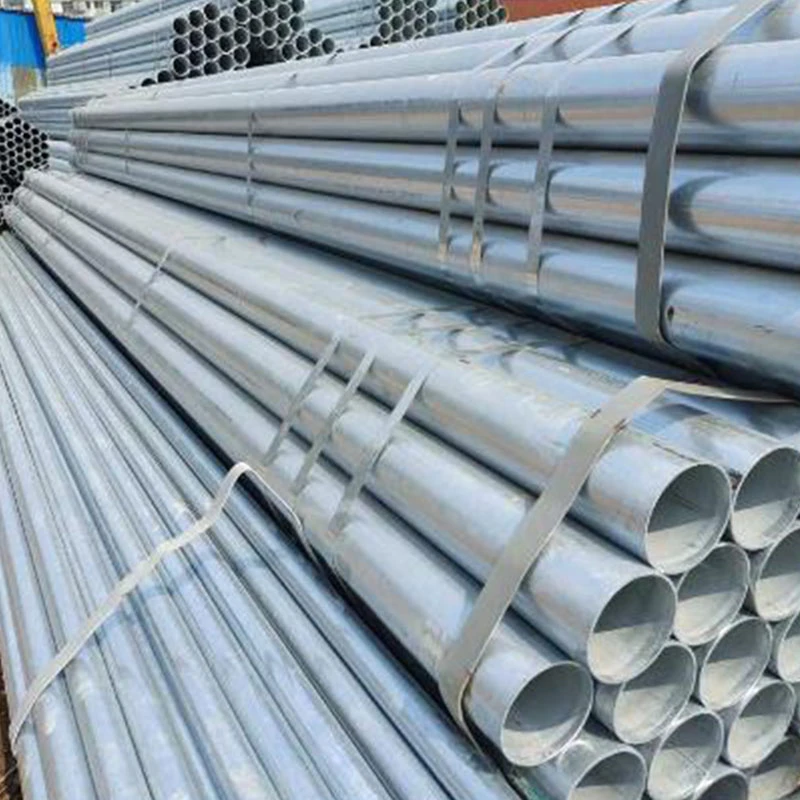-
Cangzhou Yulong Steel Co., Ltd.
-
Phone:
+86 13303177267 -
Email:
admin@ylsteelfittings.com
- English
- Arabic
- Italian
- Spanish
- Portuguese
- German
- kazakh
- Persian
- Greek
- French
- Russian
- Polish
- Thai
- Indonesian
- Vietnamese
- Zulu
- Korean
- Uzbek
- Hindi
- Serbian
- Malay
- Ukrainian
- Gujarati
- Haitian Creole
- hausa
- hawaiian
- Hebrew
- Miao
- Hungarian
- Icelandic
- igbo
- irish
- Japanese
- Javanese
- Kannada
- Khmer
- Rwandese
- Afrikaans
- Albanian
- Amharic
- Armenian
- Azerbaijani
- Basque
- Belarusian
- Bengali
- Bosnian
- Bulgarian
- Catalan
- Cebuano
- China
- China (Taiwan)
- Corsican
- Croatian
- Czech
- Danish
- Esperanto
- Estonian
- Finnish
- Frisian
- Galician
- Georgian
- Kurdish
- Kyrgyz
- Lao
- Latin
- Latvian
- Lithuanian
- Luxembourgish
- Macedonian
- Malgashi
- Malayalam
- Maltese
- Maori
- Marathi
- Mongolian
- Myanmar
- Nepali
- Norwegian
- Norwegian
- Occitan
- Pashto
- Dutch
- Punjabi
- Romanian
- Samoan
- Scottish Gaelic
- Sesotho
- Shona
- Sindhi
- Sinhala
- Slovak
- Slovenian
- Somali
- Sundanese
- Swahili
- Swedish
- Tagalog
- Tajik
- Tamil
- Tatar
- Telugu
- Turkish
- Turkmen
- Urdu
- Uighur
- Welsh
- Bantu
- Yiddish
- Yoruba

Nov . 29, 2024 23:55 Back to list
bs1640 weld fittings
Understanding BS 1640 Weld Fittings An Overview
In the realm of pipework and fluid conveyance systems, the importance of reliable fittings cannot be overstated. Among the various standards governing these components, BS 1640 stands out as a pivotal point of reference for weld fittings. This British Standard specifies the requirements for the design, manufacturing, and quality assurance of welded fittings, ensuring they can safely and efficiently accommodate liquids and gases across various applications.
Key Features of BS 1640 Weld Fittings
BS 1640 provides guidelines for different types of weld fittings, including elbows, tees, reducers, and caps, each designed to facilitate smooth transitions and connections within piping systems. One of the standout characteristics of these fittings is their ability to endure high-pressure environments. This robustness is critical in industries such as oil and gas, water treatment, and chemical processing, where maintaining the integrity of the piping system is essential.
The fittings produced under BS 1640 are typically made from carbon steel, stainless steel, and other alloy materials. The choice of material often depends on the specific requirements of the application, including temperature and pressure ratings, as well as the nature of the substances being transported. This standardization ensures compatibility and reliability, which reduces the risk of leaks and failures in critical systems.
Manufacturing Process
The manufacturing process for BS 1640 weld fittings is rigorous. It begins with selecting high-quality raw materials to meet the standard's specifications. The production usually involves processes such as forging or machining followed by heat treatment, which enhances the material's properties, making it more suitable for high-pressure applications.
After the initial fabrication, the fittings undergo various quality control measures. This includes non-destructive testing (NDT) techniques like ultrasonic testing and radiography to identify any internal flaws or weaknesses. The adjustments made during this stage are crucial to ensuring that each fitting meets the stringent requirements set forth in the BS 1640 standard.
bs1640 weld fittings

Benefits of Using BS 1640 Weld Fittings
Implementing BS 1640 weld fittings brings numerous benefits to industrial applications. Firstly, their durability translates into longer service life and reduced maintenance costs. Secondly, the reliability of these fittings helps prevent catastrophic failures, which could lead to expensive downtime and repairs. Furthermore, standardization simplifies the procurement process, enabling engineers and procurement officers to easily source compatible components.
Another key advantage is the versatility of the fittings. They can be used in a wide range of applications, from residential plumbing systems to large-scale industrial pipelines. This adaptability is bolstered by the availability of various sizes and configurations, allowing for customized solutions to meet specific project requirements.
Compliance and Certification
Adhering to BS 1640 not only ensures quality but also compliance with health and safety regulations. Many industries mandate that components meet specific standards to minimize risks associated with potential hazards. As such, fittings manufactured according to BS 1640 are often favored in projects that require certification and compliance documentation, providing peace of mind to engineers and stakeholders.
Conclusion
In summary, BS 1640 weld fittings are an essential component in the infrastructure of fluid transport systems. Their robust design, coupled with stringent manufacturing processes and adherence to quality standards, makes them a reliable choice for various applications. As industries continue to evolve and demand higher efficiency and safety, the relevance of standards such as BS 1640 remains paramount, fostering innovation while ensuring performance. Understanding and utilizing these fittings can lead to more reliable and efficient systems, ultimately driving success in numerous engineering projects.
Latest news
-
ANSI 150P SS304 SO FLANGE
NewsFeb.14,2025
-
ASTM A333GR6 STEEL PIPE
NewsJan.20,2025
-
ANSI B16.5 WELDING NECK FLANGE
NewsJan.15,2026
-
ANSI B16.5 SLIP-ON FLANGE
NewsApr.19,2024
-
SABS 1123 FLANGE
NewsJan.15,2025
-
DIN86044 PLATE FLANGE
NewsApr.19,2024
-
DIN2527 BLIND FLANGE
NewsApr.12,2024
-
JIS B2311 Butt-Welding Fittings LR/SR 45°/90° /180°Seamless/Weld
NewsApr.23,2024











